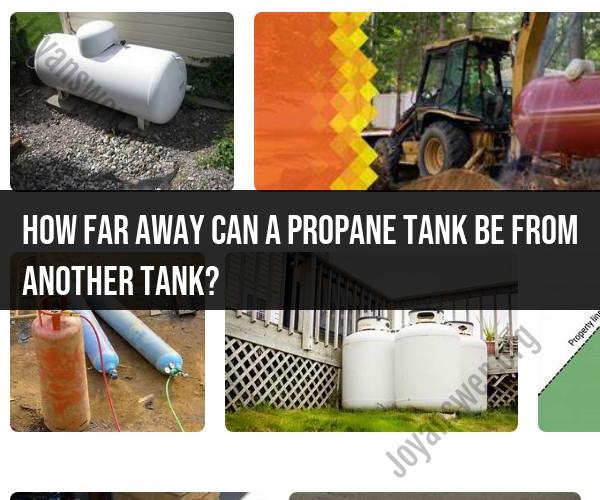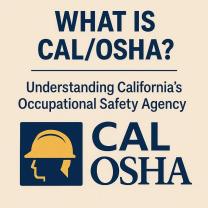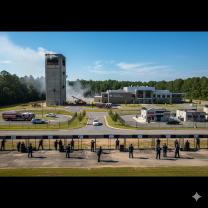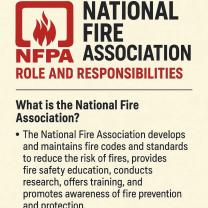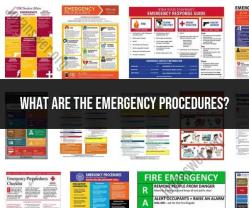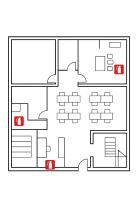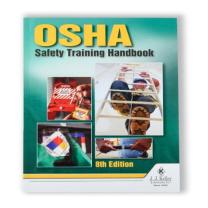How far away can a propane tank be from another tank?
The spacing requirements for propane tanks, also known as liquefied petroleum gas (LPG) tanks, are subject to regulations and safety guidelines established by local authorities, state agencies, and national standards. These requirements can vary depending on factors such as the size of the tanks, their location, and the specific regulations in your area. It's essential to consult with your local propane supplier or regulatory agency for precise guidance that applies to your situation. However, I can provide some general information on propane tank spacing:
Distance Between Propane Tanks:
- The distance between propane tanks typically depends on the size of the tanks and their individual capacities.
- In general, large propane tanks (e.g., 500 gallons or more) may be required to be spaced a certain distance apart, often a minimum of 10 feet.
- Smaller tanks, such as residential propane cylinders (e.g., 20-pound or 100-pound cylinders), may have different spacing requirements.
Distance from Buildings:
- Propane tanks must be located at a specified distance from buildings, structures, and other potential sources of ignition. These distances can vary based on local regulations but often range from 10 to 25 feet or more.
Distance from Property Lines:
- Regulations may specify the minimum distance that propane tanks must be located from property lines. This distance can vary by jurisdiction but is typically in the range of 5 to 10 feet.
Ventilation and Access:
- Propane tanks should be placed in well-ventilated areas to prevent the buildup of propane gas. Adequate space should also be provided for access by service personnel for tank maintenance and refilling.
Obstructions and Fire Hazards:
- Tanks should be placed away from potential obstructions and fire hazards, such as brush, tall grass, and flammable materials.
Protection from Vehicle Impact:
- Tanks should be situated to minimize the risk of being struck by vehicles, and they may be required to have protective barriers in certain situations.
Local Regulations and Codes:
- Always check with your local propane supplier, fire department, or regulatory authority to ensure compliance with any specific regulations or codes in your area.
It's crucial to adhere to these spacing requirements to ensure the safe storage and use of propane. Failing to comply with safety regulations can pose significant hazards, including the risk of fire or explosion. Additionally, consider consulting a licensed propane technician or installer for assistance with proper tank placement and compliance with local regulations.
Propane tank spacing guidelines are important to follow to ensure the safety of your home and property. Propane is a flammable gas, and if a leak occurs, it can cause a fire or explosion. By following the proper spacing guidelines, you can help to reduce the risk of an accident.
How far apart should propane tanks be?
The minimum distance between two propane tanks depends on the size of the tanks. For tanks up to 500 gallons in capacity, the minimum distance is 10 feet. For tanks larger than 500 gallons in capacity, the minimum distance is 25 feet.
Safe Propane Storage: Regulations for Tank Distance
In addition to the minimum distance requirements, there are a number of other regulations that apply to the storage of propane tanks. These regulations vary from state to state, so it is important to check with your local authorities to find out the specific requirements in your area.
Some common regulations include:
- Tanks must be located in a well-ventilated area.
- Tanks must be protected from direct sunlight.
- Tanks must be located away from sources of heat and ignition.
- Tanks must be properly anchored to prevent them from tipping over.
Propane Tank Separation: Ensuring Safety in Placement
When placing propane tanks, it is important to consider the following factors:
- The size of the tanks: Larger tanks require more space.
- The type of tanks: Above-ground tanks require more space than underground tanks.
- The location of the tanks: Tanks should be placed away from buildings, property lines, and other structures.
- The terrain: Tanks should be placed on level ground.
If you have any questions or concerns about propane tank spacing, it is always best to consult with a qualified professional.
Here are some additional tips for safe propane storage:
- Keep a fire extinguisher nearby in case of an emergency.
- Have your propane tank inspected regularly by a qualified professional.
- If you smell propane, turn off the gas supply and evacuate the area immediately.
By following these tips, you can help to ensure the safety of your home and property when storing propane.
